It’s been a busy few weeks for Victrola. Fresh from releasing its latest premium turntable , the Premiere V1 , the iconic audiomaker has unveiled a more affordable offering at CES 2022 .
Set to release between July and September for just $99.99 / £99 / €129, the Victrola Re-Spin is the brand’s new all-in-one suitcase record player .
According to Victrola, it’ll combine impressive sound quality with a sustainable, retro-inspired design to stand among the company’s existing turntable lineup as a “record player of the future.”
Unlike the Victrola Revolution GO (the brand’s first portable and rechargeable record player, which was also unveiled earlier this week), the Re-Spin will need to be plugged in, but that traditional approach brings with it a host of impressive audio credentials.
For starters, you’ll get Victrola’s new anti-vibration speaker enclosure technology packed into the Re-Spin, which is also a feature of its uber-expensive Premiere V1 cousin (which retails for a rather hefty $499 / £449 / €549).
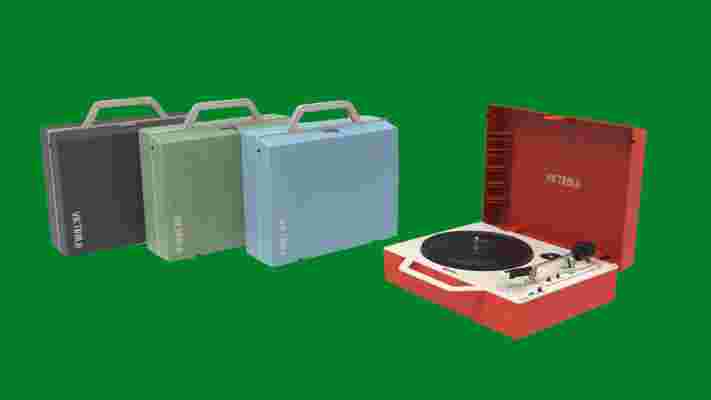
The Re-Spin’s dual-speaker setup, according to Victrola, will enable the delivery of enhanced sound performance while eliminating vibrations for a “skip-free, bass-delivering listening experience unrivaled by previous generations of suitcase record players.”
It won’t take up heaps of space, either. The Re-Spin is 20% smaller – in terms of both size and components – than the standard-sized suitcase turntables you’ll find elsewhere, even in Victrola’s own lineup, adding to its stylistic appeal.
Along with a traditional headphone jack, Victrola’s latest turntable will also come equipped with the Bluetooth connectivity of its portable counterpart, the Revolution GO, meaning you’ll be able to stream records straight from the Re-Spin to any external Bluetooth speaker .
As mentioned, the Victrola Re-Spin won’t hit shelves until later in the year – but in our opinion, it could well be a record player worth waiting for given its mere two-figure price tag.
Sound and color
The Re-Spin wasn’t the only new audio product unveiled by Victrola at CES 2022, though. As part of the brand’s showcase at the event, it also announced two new ‘Music Edition’ portable Bluetooth speakers, the Victrola ME1 and ME2.

The former will boast a two-inch driver with passive bass radiators to deliver impressive sound for up to 12 hours, while the larger, more powerful latter – intended for entertaining large groups – will pack a 3.5-inch driver with a one-inch tweeter and dual passive bass radiators, delivering playback for up to 20 hours.
Intended to be “stylish audio companions,” both the ME1 and ME2 will ship in a variety of vibrant colors, alongside the option of several custom-fitted designer leather cases.
The pair will be available sometime between April and June this year, for $99.99 / £99 / €129 and $199.99 / £199 / €229, respectively.
Panasonic Lumix GH6 is a video monster that's half the cost of a Sony A7S III
After an agonizingly long wait, the Panasonic Lumix GH6 has finally landed – and it's Panasonic's most powerful mirrorless video camera so far. (Looking for our early impressions? Check out our hands-on Panasonic Lumix GH6 review ).
The GH6 succeeds the Panasonic Lumix GH5 and GH5S , which respectively launched in 2017 and 2018, and is a complete redesign of those cameras, bringing a new 25.2MP Four Thirds sensor, processor and body design.
Although the GH6 is a hybrid camera, its headline features are its video powers, which match pricier full-frame cameras like the Sony A7S III and Canon EOS R5 . It can shoot 5.7K/60p video with 4:2:0 10-bit color depth internally, along with 4K/120p slow-motion clips (also in 4:2:0 10-bit).
If it's high-quality 4K video you're after, the GH6 will also shoot 4K/60p 4:2:2 10-bit internally, and can simultaneously output the same footage over HDMI to an external recorder. All of these video modes are processor-intensive, of course, but the GH6 promises unlimited recording times in all modes thanks to its built-in fan cooling.
The flipside of these new cooling fans is that the GH6's body is a bit heftier than its predecessors. In fact, the GH6 is bigger and heavier than the Sony A7S III , a full-frame camera that sits top of our best video camera guide. Panasonic's new Micro Four Thirds flagship weighs 739g (compared to the 614g A7S III) and is almost 100mm thick, which means it doesn't quite have the compact charm of its predecessors.
Still, what you get in return is an absolute brute of a video camera that offers pro-level video skills that match any cameras from the likes of Sony, Blackmagic and Canon. Because the GH6 has a CFexpress Type B card slot (alongside a standard UHS II one), you can even shoot 5.7K/30p video in the industry-standard Apple ProRes 422 HQ and ProRes 422 formats internally.
Other physical improvements include the new 3.68-million dot electronic viewfinder (with 0.76x magnification) and the excellent 'free-angle' touchscreen we saw on the Panasonic Lumix S1H , which can move in virtually any direction and lets you plug in both a USB-C cable and full-size HDMI without blocking your view of the screen.
Perhaps the only slight downer from the GH6 announcement is that some additional features won't arrive until a future firmware update, which currently has no release date. These features include the ability to shoot in Cinema 4K ProRes 422 HQ and ProRes 422 internally, USB-to-SSD recording and the option of recording 4K/120p raw video externally to an Atomos Ninja V+.
Let's hope those features arrive soon, but for now the Panasonic GH6 has more than enough video power for most filmmakers and YouTubers. You'll be able to buy the GH6 from mid-March in the US and UK for $2,199 / £1,999 body only, while Aussies will have to wait till April 2022 to get their hands on the GH6 for a body-only price of AU$3,699. A kit with a 12-60mm lens will be available for $2,799 / £2,199 / AU$4,799.
Analysis: A video powerhouse with one familiar flaw
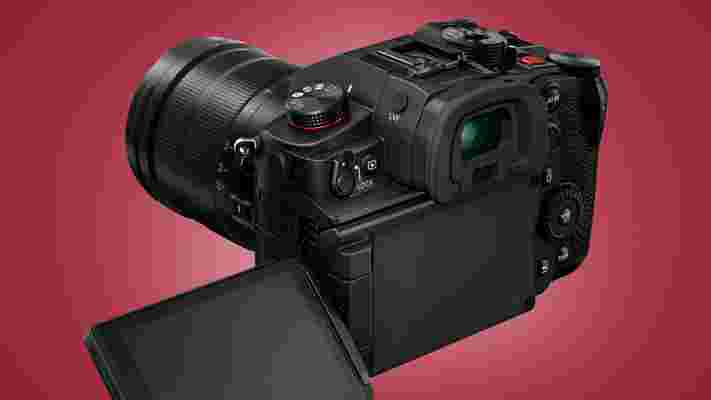
The Panasonic GH6 is shaping up to be one of the best video cameras you can buy, even if it has a familiar autofocus limitation. Like all GH-series cameras, it relies on contrast-based DFD autofocus, a technology that traditionally lacks the outright speed of the latest hybrid autofocus setups.
Still, we found the Panasonic GH5 Mark II's autofocus worked pretty well in most situations, and if you large rely on manual focus pulls – as many professional shooters will – then it's unlikely to be a major issue. The rest of the GH6's feature set also gets an awful lot right.
Our hands-on Panasonic GH6 review praised its dizzying array if video skills, including 5.7K/60p and 4K/60p modes, which have been crammed in alongside 7.5-stops of image stabilization, 4-channel XLR audio recording powers, and a useful rear screen that you can angle in almost any direction.
Then there's the practicality of that fan-powered cooling. While some hybrid cameras like the Canon EOS R5 and Fujifilm X-T4 have powerful video features, they are somewhat limited by overheating or recording limits. Panasonic says there are no such concerns in any of the GH6's modes – and if you use an external power source, the only restriction should be storage space. We're looking forward to testing the GH6 more to see if that is indeed the case.
Also, while the Panasonic GH6 isn't exactly cheap, its price tag does also compare favorably to its closest rivals. It's cheaper than most of its photography-focused rivals, including the Sony A7 IV , Canon EOS R6 and Nikon Z6 II , and slightly pricier than the Blackmagic Pocket Cinema Camera 6K Pro . The latter can also record Apple ProRes, but even lacks continuous autofocus – so while the GH6 may not be top of the AF pile, it should prove to be popular among both YouTubers and pro fans of the GH series.
Apple MR headset news, leaks and what we want to see
Apple's mixed reality headset hasn't been officially confirmed yet. It's barely been rumored, for that matter - despite the Apple Glasses having many years of fruitless speculation and patents, we haven't seen to many about an MR wearable.
Having said that, it may well be in the works, what with all the acquisitions surrounding virtual reality and augmented reality tech happening at the Cupertino company recently.
Unlike the company's long-rumored Apple Glasses, the Apple MR headset will not only create completely digital experiences but will include AR components that enhance our real-world spaces.
Codenamed N301, Apple's MR headset is expected to be more expensive and less widespread than the Glasses - but will arrive sooner in an attempt to recuperate early development costs while Apple's team continues its work on the company's AR glasses.
Apple MR headset release date: Apple hasn't yet confirmed that it's working on a mixed reality headset so we also don't have a confirmed release date. That said rumors indicate the project could launch in 2023.
Apple MR headset price: Pricing is also yet to be confirmed, but rumors have suggested we'll see something around the $3,000 / $2,200 / AU$ 4,400 mark.
Apple MR headset Features: Apple's headset is expected to use mixed reality - so it will have VR and AR capabilities. We've also heard it will be powered by the impressive M1 chip.
Apple MR headset Design: The Apple MR headset could look much less bulky than its rivals according to those familiar with the project. The display unit is believed to be fairly slim and would house every component, while a single strap goes around the head to keep it secure
Apple MR headset Battery life: Leaks have suggested the MR headset can only be used in short bursts, leading us to believe its battery life will be quite short.
Apple MR headset Controllers: Patents filed by Apple have led to rumors that the Apple MR headset will use either hand tracking or wearable ring controllers.
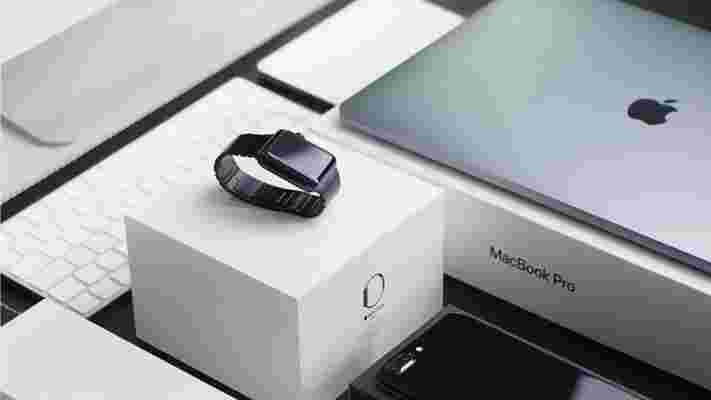
April 28, 2022 - Two Apple patents have suggested that its MR headset could use one-way mirrors to hide electronic components (while still allowing them to function properly), and that it'll support wireless charging - including when its in use.
March 2, 2022 - Apple announced its Peek Performace event for March 8, 2022. The use of Peek suggested that VR / AR eyewear could be at the event, but unfortunately, it wasn't.
February 9, 2022 - Reference to 'realityOS' spotted in official Apple App Store update logs by developers; later removed suggesting it was an accident.
February 1, 2022 - The Safari iOS 15.4 beta added improved support for WebXR features but they seem to be designed for an external device rather than an iPhone or iPad.
January 13, 2022 - Reports of further development issues suggest that the Apple MR headset will be delayed until 2023 rather than launching in 2022.
Early in 2021 Bloomberg sources suggested that Apple’s first MR headset would release in the first quarter of 2022 .
However, since then multiple sources have claimed that Apple has faced near-continuous development issues suggesting that its device is likely going to launch much later as a result.
While an update from Ming-Chi Kuo (an analyst with a great track record for Apple leaks) suggested the device would still have a 2022 release, it now sounds like the headset has been pushed back to 2023 while Apple finalizes the design details.
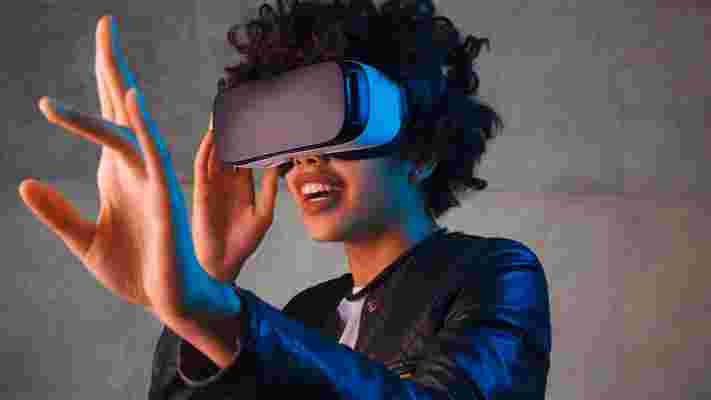
Mark Gurman (a writer with a good track record for getting early access to information around Apple's upcoming product releases) has claimed that Apple's MR headset will be pricey – all thanks to its premium-level specs .
While a price hasn’t yet been confirmed, a report by The Information has the Apple MR headset priced at an eye-watering $3,000 / $2,200 / AU$ 4,400.
This estimate has been somewhat corroborated by Bloomberg, whose sources have said Apple expects the MR headset to sell roughly one unit per store per day. These figures match up with the approximate sales of the Mac Pro Desktop which costs $5,999 (about £4,730, AU$8.720) suggesting the headset will carry a similar price tag.
We might be in luck though, more recent reports from Ming-Chi Kuo have said that Apple supposedly now wants to ship 3 million units - considerably more than previously suggested.
While the company may still decide to opt for a price in the region of around $3,000 it may struggle to achieve these targets with such a high price - especially up against much lower-priced competition.
As such we could see Apple's MR headset be much less expansive at launch than first expected.
Apple has yet to confirm the existence of its MR headset, but numerous design details and features have been leaked already; giving us a pretty good idea of what it will look and perform like.
As with all leaks we have to remember to take this information with a pinch of salt, but that advice is especially true here. That's because Apple is supposedly working on two headsets, this one and a pair of Apple Glasses . This has led to some confusion in the past as to what device each rumor and leak is referring to.
That said, here are the details we believe we know about the MR headset.
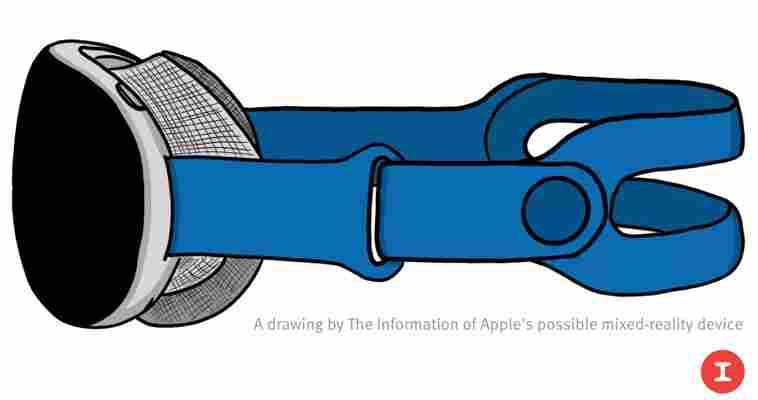
First off it's probably going to be a powerful device, with Apple analyst Ming-Chi Kuo (via AppleInsider ) predicting that the Apple headset will likely have the same M1 chip and similar computing power as the MacBook Pro . He believes this because the Apple MR headset reportedly requires the same 96W charger as the premium laptop.
On top of that, we can expect it to use dual 8K displays. At 7680 x 4320 resolution, that’s four times as many pixels as a 4K screen and significantly more pixels than any other commercially available device. Multiple leaks have confirmed this detail so we're feeling confident that these high-quality displays will appear in the final design.
To help these components conserve battery, Apple apparently has a plan to use sophisticated eye-tracking . Eye-tracking software in the headset is designed to follow where the user is looking and only activate that portion of the screen at the full 8K resolution. Other areas of the screen will allegedly become more blurred, to save on processing power, using a trick called foveated rendering .
This could help the device's rumored short battery life. Bloomberg’s Mark Gurman cites multiple sources in saying that the Apple headset is designed to be used only in short bursts. Supposedly this is a mandated limitation to rebel against ideas like the Metaverse which would require you to use the headset for long periods of time.
We suspect Apple would achieve this by intentionally installing a small battery that requires frequent recharging rather than imposing any kind of time-out function.
A small battery would also help the headset maintain its lightweight design - with rumors indicating Apple wants to make the headset as light as 150 grams; this would be over two-thirds lighter than the Meta Quest 2 (formerly known as the Oculus Quest 2 ). Other rumors suggest it could actually end up in the (more realistic) 300 - 400 gram range.
One thing that could help the headset last a bit longer is a patented Apple design (via MacRumors ) for a wireless charging unit that could be used while the headset is being worn.
Patents aren't a guarantee that a specific feature will be available - especially for an announced piece of tech - but a method of keeping the MR headset charged up even while it's in use could help improve its usability.
Additionally, a patent in the same report hinted that Apple's MR headset could use one-way mirrors to hide critical electronic components, but still allow them to function - such as cameras and gaze tracking systems. This could help make the MR device look less scary if you're wearing them in public but opens up privacy concerns as some people may not be aware that you're wearing a camera on your face.
Wireless headset
Previous rumors about the VR headset had suggested that it would be wireless, though these came just three years ago. The Information’s alleged design in the image above does maintain this look, but with many more months ahead before release, the design of the headset is still subject to change.
While wireless headsets like the Oculus Quest 2 might lose something in performance to the PC-powered alternatives such as the Valve Index, the freedom of movement and improved immersion of a wireless device are a massive benefit if they can be included.
If Apple’s headset is indeed sporting two 8K screens, it may need quite a lot of power pumped into its shell, so our wireless dreams may not become reality.
As light as a feather
Apple’s VR headset will have some weight to it, but we’re hoping it isn’t too much of a strain on a user’s neck. Given how powerful the thing sounds, such as having those high-resolution screens, there’s reason to worry about the weight we’ll be carrying around on our heads.
Those rumors of a lightweight device listed above are promising, but we're still hoping Apple’s design team is able to devise a way to keep the VR headset as light as possible, or at least distribute the weight to make wearing it comfortable.
Haptic controllers
Haptic feedback has become increasingly prevalent in recent years, and we hope Apple’s team takes note of the success of the Valve Index and the PS5’s DualSense controller in this department. While it is then on software designers to implement haptic feedback effectively, having the hardware there will allow them the option to create more lifelike experiences.
While we've already detailed potentially-conflicting reports of both haptic fingertips and completely-virtual finger tracking on the headset, we're hoping that, whichever system Apple decides to pursue, this doesn't come at the expense of immersion.